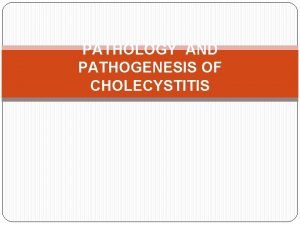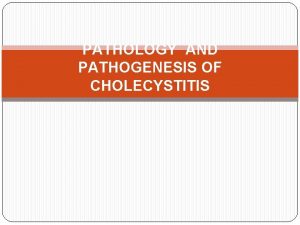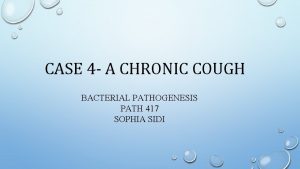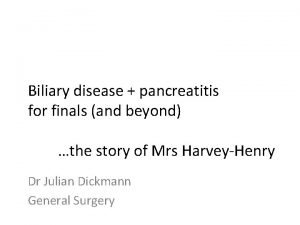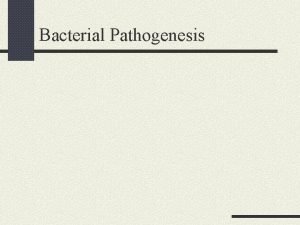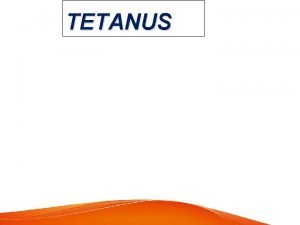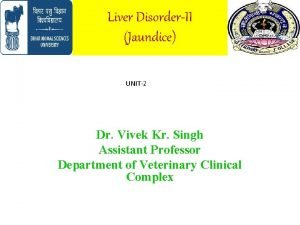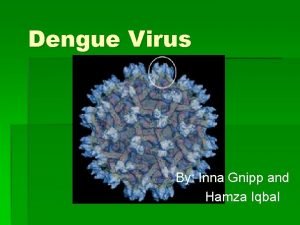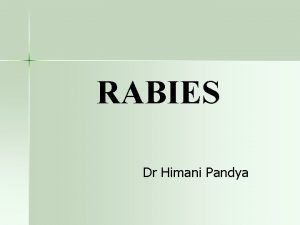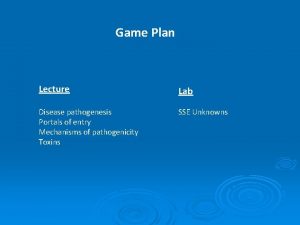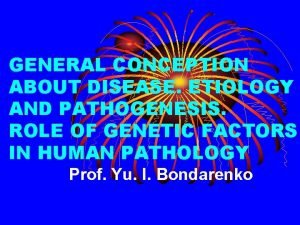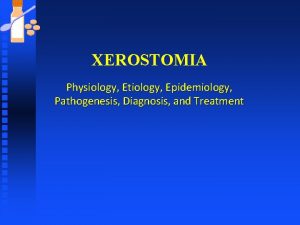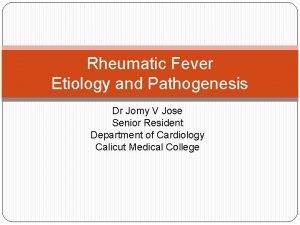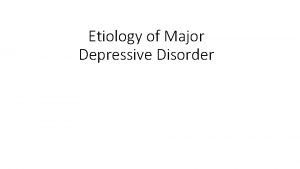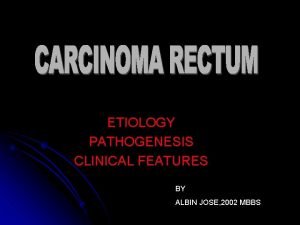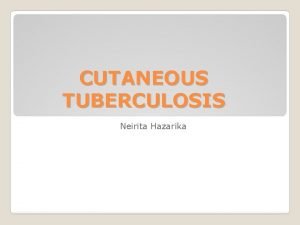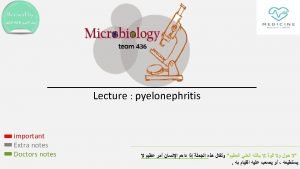Aim To study the etiology pathogenesis clinic and












- Slides: 12

Aim To study the etiology, pathogenesis, clinic and methods of complex treatment of children with congenital facial malformations, including congenital clefts of the upper lip and palate, as well as the basics of prevention and medical rehabilitation of children of this group.

Thematic plan 1. 2. 3. 4. Etiology, pathogenesis and prevention of congenital malformations of the face and jaws (exogenous factors, endogenous factors). . Clinical signs and methods of diagnosis of some congenital malformations of the face and jaws in children (including cleft lip and palate). Scheme of complex treatment and medical rehabilitation of children with some congenital malformations of the face and jaws, including cleft lip and palate. Methods of feeding children with congenital cleft lip and palate.

Thematic plan 5. Congenital systemic malformations of the face and neck (syndromes). The clinical picture and treatment regimen of some syndromes. 6. Classification of congenital clefts of the upper lip and palate. 7. Clinic (anatomical disorders) in various forms of congenital clefts of the upper lip and palate.

Thematic plan • 8. Clinic manifestations (functional impairment) in various forms of congenital clefts of the upper lip and palate. • 9. Features and methods of feeding and caring for children with congenital clefts of the upper lip and palate. • 10. Cheiloplasty. Tasks, methods and age indications for surgery. Preparing patients for surgery. • 11. Uranoplasty. Tasks, methods and age indications for surgery. Preparing patients for surgery. • 12. Medical rehabilitation of children with congenital clefts of the upper lip and palate. Terms and content of the dispensary period.

Theoretical questions 1. Etiology of congenital malformations (exogenous factors, endogenous factors). 2. Pathogenesis of congenital facial malformations and their prevention. 3. Congenital systemic malformations of the face and neck (syndromes). The clinical picture and treatment of some syndromes. 4. Classification of congenital clefts of the upper lip and palate. 5. Clinic (anatomical disorders) in various forms of congenital clefts of the upper lip and palate. 6. Clinic (functional impairment) in various forms of congenital clefts of the upper lip and palate.

Theoretical questions 6. Clinical manifestations (functional impairment) in various forms of congenital clefts of the upper lip and palate. 7. Pacularities and methods of feeding and caring for children with congenital clefts of the upper lip and palate. 8. Cheiloplasty. Tasks, methods and age indications for surgery. Preparing patients for surgery. 9. Uranoplasty. Tasks, methods and age indications for surgery. Preparing patients for surgery. 10. Medical rehabilitation of children with congenital clefts of the upper lip and palate. Terms and content of the dispensary period.

Practical work (tasks) 1. Clinical examinations of a child with congenital facial defects, diagnosis. 2. To make an individual plan for complex treatment of a child with a systemic congenital malformation of the face, as well as a cleft lip and palate with the definition of age indications for surgical and complex treatment. 3. Read radiographs of the bones of the facial skeleton, teeth, etc. when examining patients in this group. 4. Conduct a conversation with the mother on the features of feeding and caring for a child with congenital cleft lip and palate.

Tasks for self-control 1. Give mother advice. How to feed a newborn with a congenital unilateral isolated hidden cleft of the upper lip? 2. Good to swaddle. 3. Keep the baby in your hands upright. 4. Breastfeed or teaspoon. 5. The first 3 months to feed 6 times a day, and then 6. What is not indicated in the council or is it incorrectly indicated?

Tasks for self-control • Give mother advice. How to feed a child with a congenital total bilateral isolated cleft lip? • 1. Good to swaddle. • 2. Keep the child in in a vertical position. • 3. Feed by breast or expressed milk using a nipple with a large hole, and then a spoon. • 4. In the first 3 months to feed the newborn 6 -8 times a day, then • 5. What is not indicated at all in the council or incorrectly indicated?

Tasks for self-control • Give mother advice. How to feed a newborn with congenital isolated incomplete cleft palate? • 1. Good to swaddle. • 2. Pick up on the hands. • 3. Feed only through the nipple, and then with a pipette or a teaspoon in small portions (despite all the difficulties). • 4. The first 3 • 5. What is not indicated in the council or is it incorrectly indicated?




